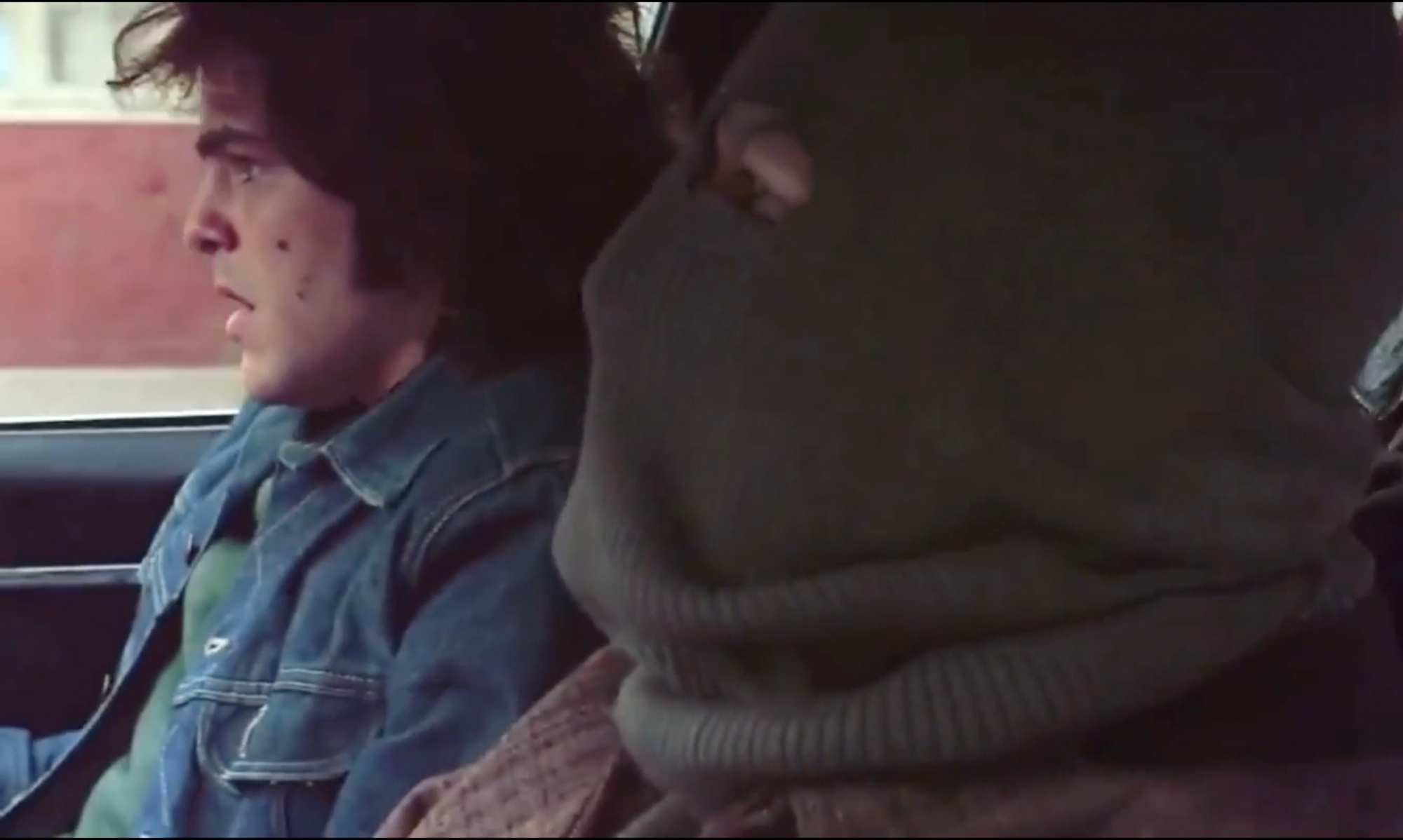Chinese Cultural Practices and Their Prevalence in Cinema Through Ideology, Setting, and Music
by Jack McDonagh
As we examine cinema and the elements encompassing the work, we are able to study the subtle yet key inner workings including music, cultural implications, relationships, and tone which all contribute to the work as a whole. One of the most prominent constants in Chinese Cinema has long been cultural references that often play a large role in the plot.
The Chinese belief that when people die of cancer it’s not the cancer that kills them but rather the fear, is a belief possessed by many in China and has long been the reason families keep these potentially fatal secrets from their loved ones and are bound to suppress their emotions. Lulu Wang’s The Farewell surrounds a family implementing this method of secrecy in their own family; through music, dialogue, and tone, we explore the ways in which Awkwafina suppresses her emotions to abide by her family’s cultural expectations.
Commonly in America, a potentially terminal diagnosis is initially made aware to the individual who may face the illness. The process from there usually entails celebrating your final moments with loved ones, undergoing possible treatment if there is any available, and plenty of worrying and anxiety that often consumes the individuals who received the diagnosis. In China, this ideology is often believed to be the reason such individuals die as they are plagued with fear. Integrating this cultural belief into its film, The Farewell makes clear use of Chinese culture by including this concept in the film.
While culture is often placed in movies through ideology, it also may be through instances as simple as setting. In Mark Osborne and John Stevenson’s Kung Fu Panda for example, “the beautiful natural landscape prototype is Chengdu, Sichuan province, shows the ancient architecture and natural scenery”. (Chen, Wang, Li, Qingjie, Zhanpeng). Though a movie geared toward children, the importance of proper cultural representation within the film is just as important, in this instance through setting. Chinese culture is also often featured through the reference to Chinese holidays and celebrations in background art and posters.

The poster above was featured in Spider-Man: Into the Spider-Verse, providing an example of the art of chinese paper cutting, “a kind of folk art that uses scissors or knives to cut paper for decorations and other folk activities” (Xingjian). The piece is red as the color is representative for joyous occasions within the culture.
Additionally, the inclusion of Chinese music in its films, while constantly evolving, has long been a part of the inclusion of Chinese culture in film. “The first sound films made in China, Hong Kong, and Taiwan were all based on Chinese opera. In addition, many films contained well-known popular songs that epitomized pre-1949 popular culture” (Yueh-Yu). The inclusion of solely national music speaks volumes about China’s pride and value in its inclusion of culture in films, in this instance, music.
While the primary focus for my video essay is Chinese cultural incorporation through ideology, the various ways in which Chinese culture implications are present in its cinema have long fascinated me and contribute to the overarching theme of culture inclusion in Chinese cinema.
As you begin my video essay, I ask that you take note of the dramatic shift of emotion that Awkwafina endures as her family asks her to possess this lie; though she has been instilled with the idea that it’s for the better, she can’t help but feel wrong. The lighthearted abrupt start slowly transitioning to a more solemn and eerie ending becomes prompted by the cultural expectations expected of Awkwafina by her family.
Works Cited
- Liu, Marian. “My grandmother died without knowing she had cancer. Was it really ‘a good lie’?” The Washington Post, 2 August 2019.
- Yueh-Yu, Yeh. “Historiography and Sinification: Music in Chinese Cinema of the 1930s”. University of Texas Press, Cinema Journal Vol. 41, No. 3 (Spring, 2002), pp. 78-97.
- Xingjian, Zhang. “Hollywood blockbusters look to Chinese culture”. China Daily, 9 January 2019.
- “How Lulu Wang’s Grandmother Finally Finds Out the Secret Behind THE FAREWELL” YouTube, Uploaded by Golden Globes 5 January 2020.
